For centuries, the Western collective imagination has represented Tahiti as the land of free love and sensual pleasures. The Tahitian Vahine is an obsessive construction that is now outdated. Through song and dance, Tahitian women have reappropriated this symbol in order to better valorize the Polynesian cultural heritage.
The Image Of The Tahitian Vahine
The Vahines Of Today
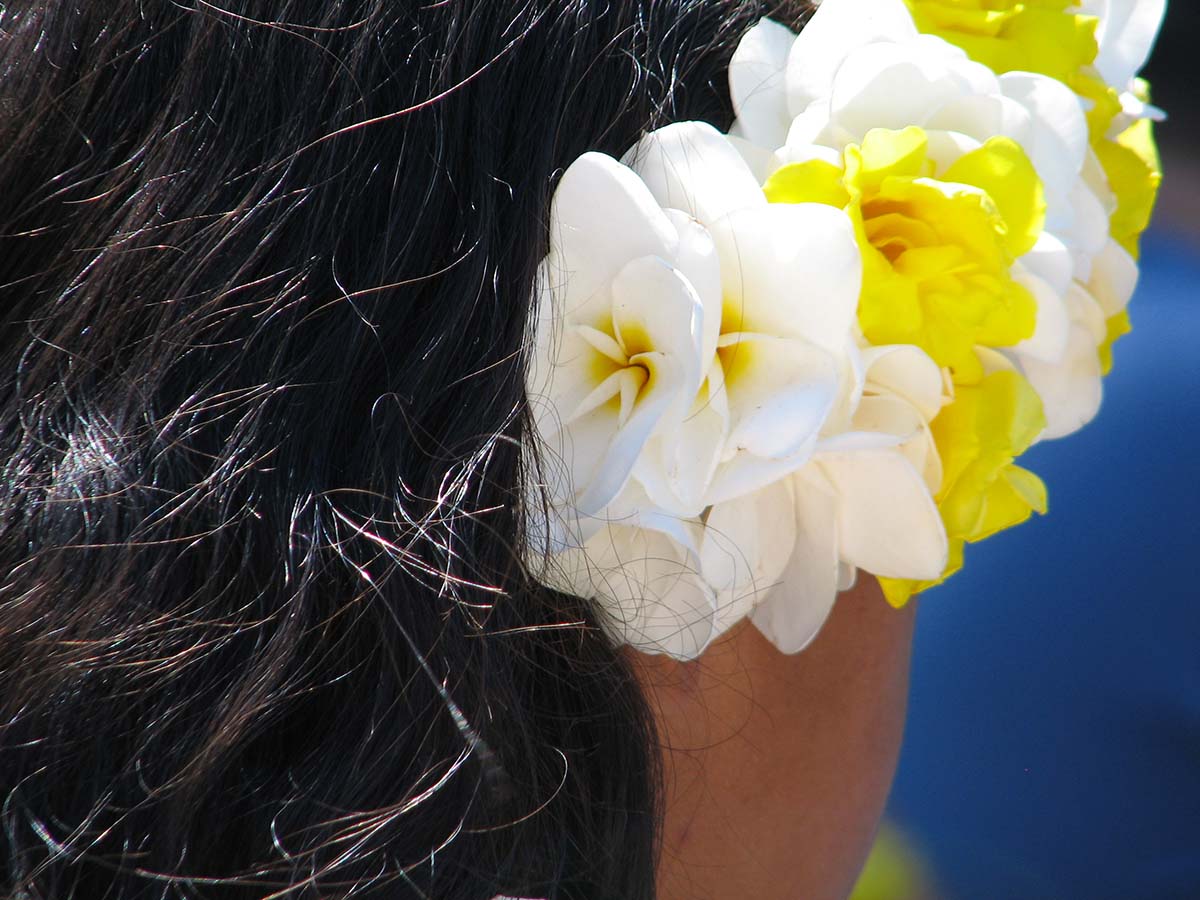
If the myth, which is more Western than Polynesian, presents the Tahitian Vahine as a lanky, throbbing woman, the term Vahine literally means “the woman”. The women of Tahiti are all Vahines whose beauty equals that of women in the rest of the world. The differences, when they exist, are mostly related to the tropical climate and the way of life in the Pacific islands.
In French Polynesia, daily life combines modernity and tradition. The respect of the habits and customs can be noticed by the importance of the clothing. For example, the wearing of the tiara flower is still very common in Tahiti and its islands. This cultural attribute even has a meaning that no woman should ignore. Worn on the left ear, the flower indicates that your heart is taken. On the right ear, it announces that your heart is still to be taken.
The Traditional Vahine Outfit
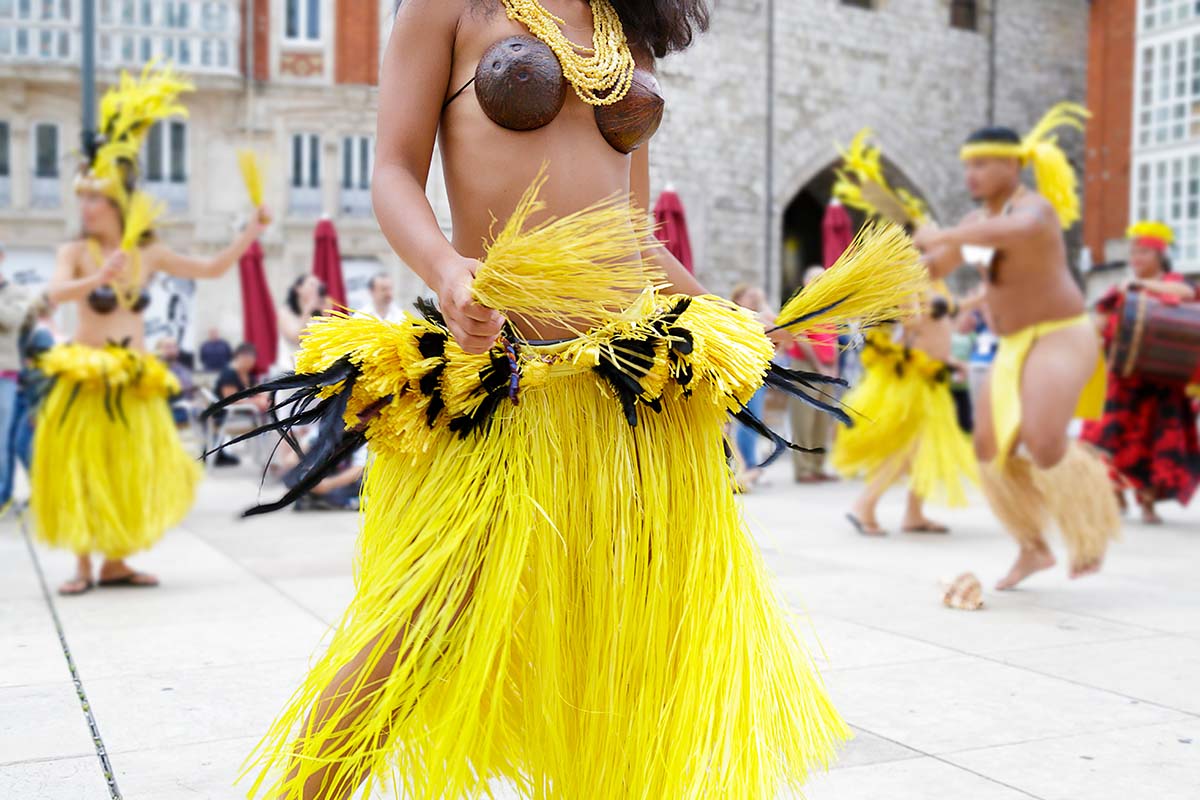
Traditionally, the Tahitian Vahine wears a costume composed of a petticoat with a belt, a headdress, a bra and various aesthetic ornaments such as a necklace and bracelets. The outfit is entirely handmade from polished or woven natural elements: ferns, bark, coconuts, shells and, of course, fresh flowers.
This outfit was once worn during religious ceremonies. Nowadays, dancers also wear it for cultural demonstrations and theme nights in the big hotels in Tahiti. The appearance of some fabric clothing underlines this evolution. But generally, the traditional costume or “more” has remained the same.
What about the men? They also wear the traditional costume for dancing. They perform bare-chested, thus revealing their tattoos.
The Importance Of Dance For The Tahitian Vahine
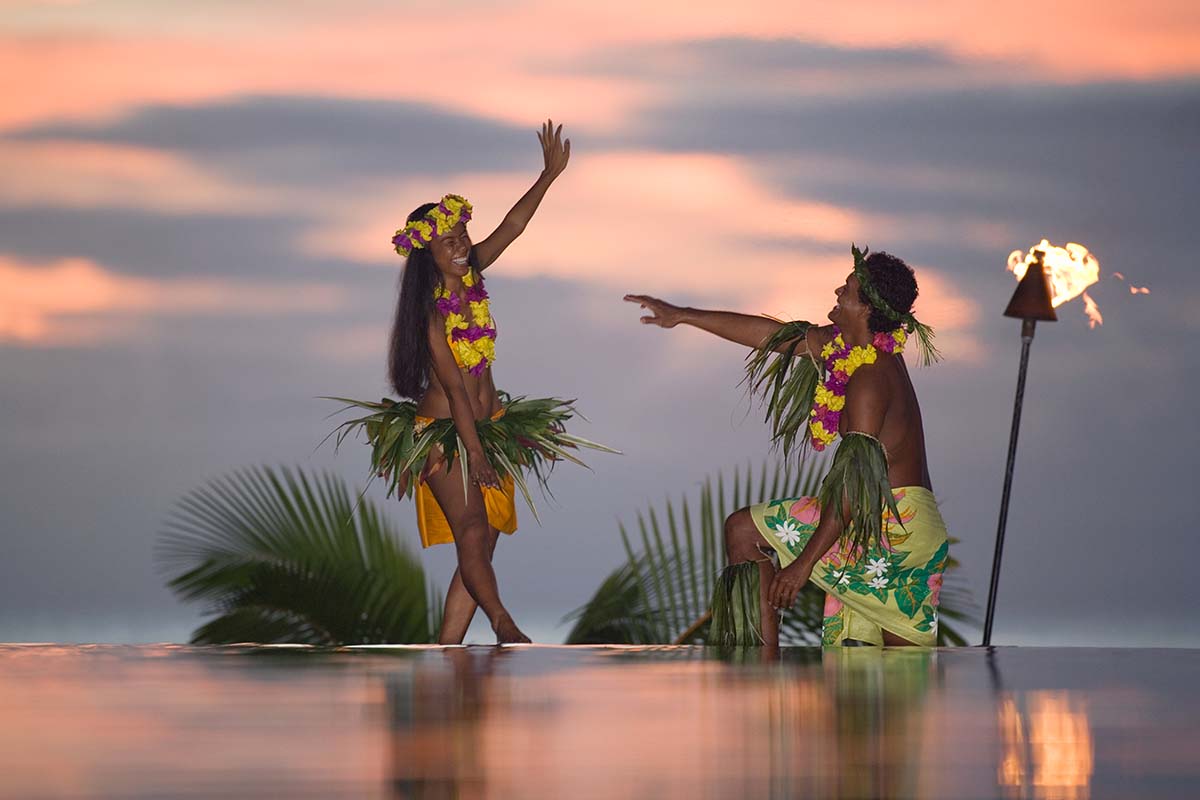
Discover Ori Tahiti
Beyond a physical and collective activity, dance is a privileged means of expression and communication. It embodies a thought, a feeling and an identity. Dance is also the word of the elders.
Ori Tahiti is at the heart of all Polynesian dances. The Vahine plays the central role. The percussions give rhythm to a body movement made of body rolls. Thus, if the dancer does not move very much, the swaying is continuous and accompanied by specific steps. The cadence is more or less sustained according to the particularity of the dance.
The dance steps and the body rolls give the tempo, but the arms and the hands give meaning to the whole. Each choreography refers to symbolism, to a story. Therefore, the impressive movements of a Tahitian Vahine represent much more than a simple folkloric show. Ori Tahiti is in fact the art of transmitting the living memory of Polynesian culture and its legends.
The Tahitian Institution: The Heiva
Every year in July, the Heiva i Tahiti dance festival takes place in Papeete. It is probably the most important cultural event in French Polynesia. Several dance companies and hundreds of participants present their choreography in a play of sounds, colors and movements. Their productions are the result of an immense amount of research, writing and training. This popular event is one of the best things to do in Tahiti.
The Heiva i Tahiti is a positive affirmation of Polynesian culture while respecting traditions, identity and the Tahitian language. Better yet, the whole thing is incredibly beautiful and a true delight for the eyes. At the heart of this dazzling ceremony, the Tahitian Vahine becomes a real ambassador.
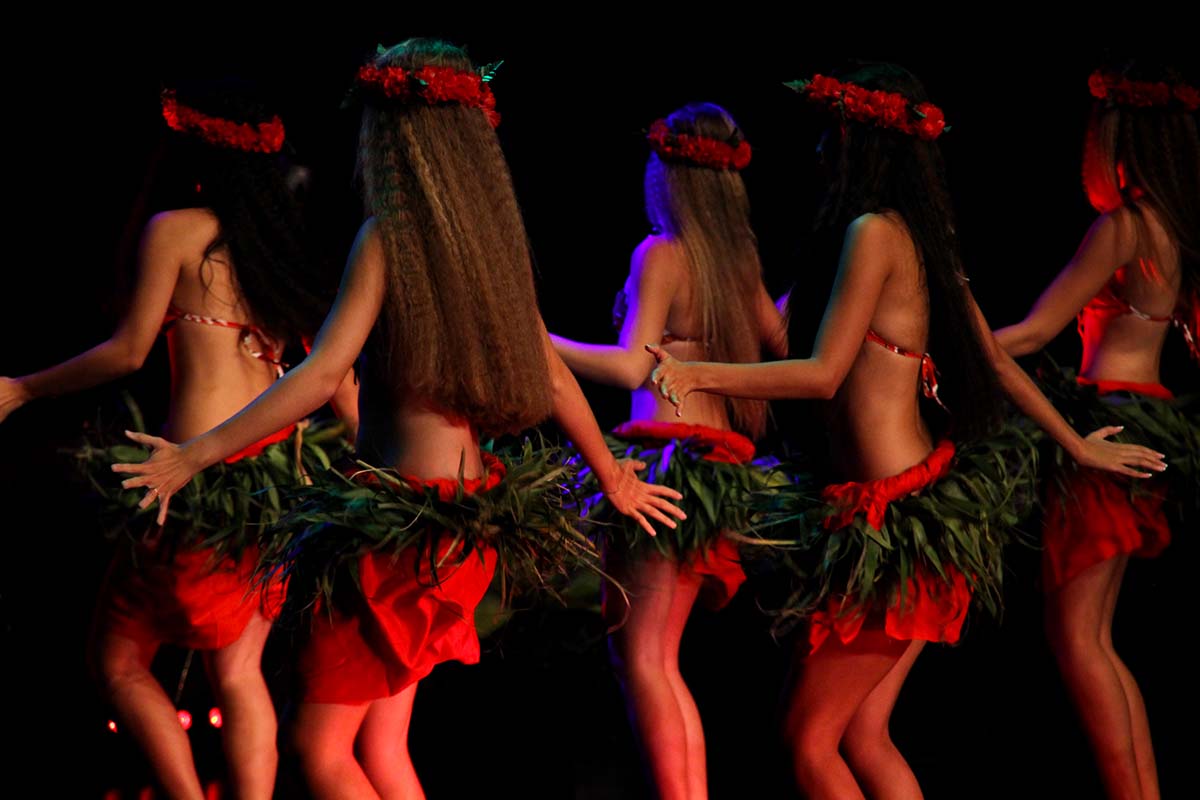
The Tahitian Vahine: Cliché Or Folklore?
The Polynesian myth is strong but it has evolved. Tahitians now use it as an essential vector of their cultural identity. We therefore recommend that you attend a dance contest or a traditional ceremony. If you are looking for the best time to visit Tahiti, July is the perfect month to attend these festivities. All you have to do is find a flight to Tahiti. Don’t hesitate to contact us to organize your stay in the South Pacific Islands.

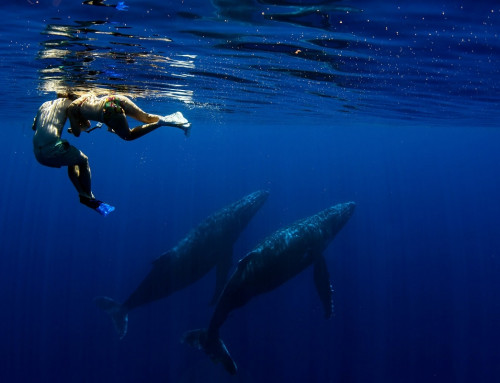
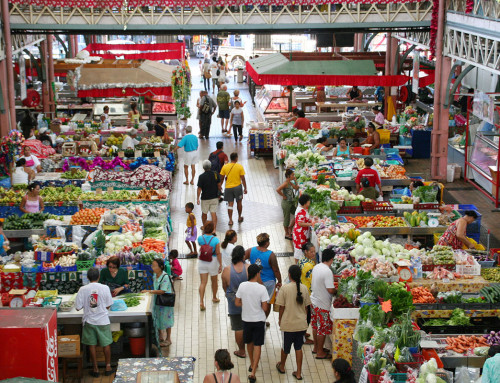
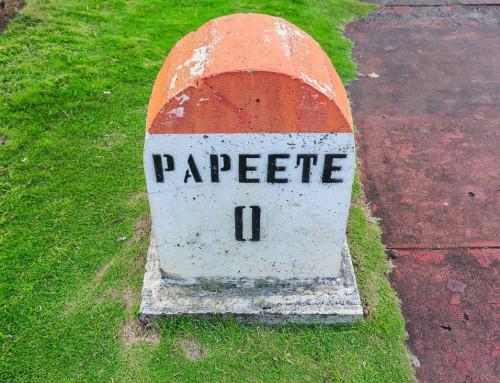

Leave A Comment